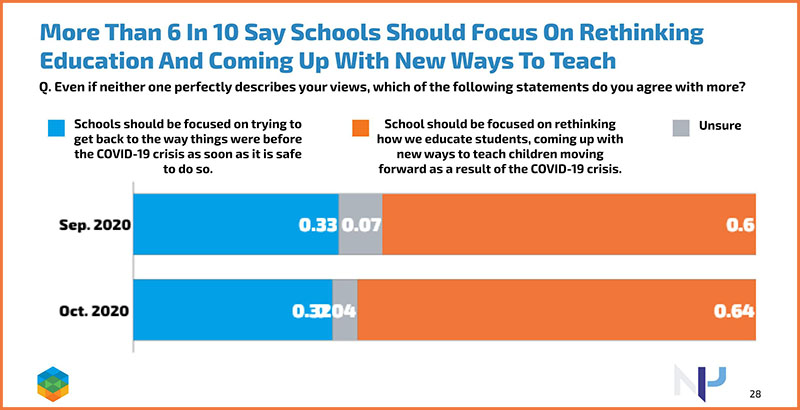
Before you can implement e-learning, make sure you have a clear scope for work and clearly defined milestones. This will help you to build a team and ensure that you don't exceed your limits. Also, you should have a way of communicating your plan to key stakeholders (such as managers or executives).
Defining scope of e-learning implementation project plan
Defining the scope of an e-learning implementation project plan is an important part of the project planning process. It documents the entire scope of the project, distilling the details into a single document that will serve as the source of truth for everyone involved in the project. It is not easy, but it will save you time and reduce stress.
Once you have defined the scope of your project, the next step will be to determine the resources required for the implementation. This includes defining the IT team's roles, making sure the system is compatible with existing systems, and ensuring the LMS is safe and secure. In order to meet objectives, the team needs to create and document procedures. As it ensures accountability, documentation is an integral part of the project management process. Each member of a team should have a clear role and task.

Creating a team for e-learning implementation
A team is key to the success of an eLearning initiative. Today, both open plan workspaces as well as flat leadership systems are popular. While both styles of work promote equality of status, effective command chains and clear division of duties are essential for the development of eLearning courses.
All team members must be able to perform their roles. The team leader will govern the collaborative project and work with the LMS vendor. The project manager will ensure all important milestones are met. The e-learning specialist will ensure the smooth implementation of new software.
Determining the milestones for the e-learning implementation plan
A project plan for e-learning implementation should include milestones. This is a great way to make sure your project is on track. Milestones can be used to indicate when each stage of a project is complete and when it is time for the next. You'll be able to save time and avoid headaches by planning your project around these milestones.
Before you can start implementing electronic learning in your organization, it is crucial to create a detailed project plan. The project plan should detail the task, leaders, cost, and other elements required for implementation. Your project plan should be viewed as a blueprint. Because you don't want to make changes to the plan after it's been established, there could be costly consequences.

Avoiding scope creep
Scope creep management is essential for e-learning implementation projects to succeed. You could find yourself with an ineffective solution or one that is not cost-effective. A project plan is necessary to outline the steps for the implementation. This will allow you to achieve your desired results quickly and prevent costly scope changes.
Scope creep can be caused many ways. Unclarity in project goals is one reason. This can lead to confusion, and an endless stream project change requests. A lack of planning and communication is another common reason for scope creep. A project manager needs to be vigilant and involve all stakeholders to minimize scope creep.
FAQ
How do I start eLearning?
Start small if your knowledge of creating online courses is not sufficient. You could try creating a simple quiz or short tutorial.
After mastering this skill, you will be able to move on with more challenging projects. If you don't know HTML well, it is a good idea not to begin by creating lessons from pre-built templates.
What are the major obstacles to elearning success?
The main challenge for e-Learning is not technical but cultural. It's all about people.
It is important to know what motivates people and how they learn best. Online learning is also something they enjoy.
This is where it's important to find ways of making this experience as natural and enjoyable as possible.
What systems can be used in eLearning?
E-learning is an online learning system where students learn from a computer screen. It allows for interactive activities such as quizzes, tests, discussions, etc.
E-learning also offers web-based programs that enable users to access information from the internet through a computer. This program is often called "online education".
What should my eLearning course be like?
Your eLearning course should be designed in such a way that it encourages your learners to interact with the material.
This means that it is important to make the design easy to navigate and to clearly present the content.
This also means the content has to be engaging and entertaining.
Three things are essential to ensure your eLearning course meets these requirements.
Content
First, you must decide what content will be included in your eLearning courses. In addition to the content itself, you also need to decide how long each section of the course should be. To teach someone how you write letters, for example, you must decide how long each topic will take.
Navigation
The second decision that you must make is how you want learners to navigate through your course. Do you want them to click through every page one at a time? Or do you want them to jump directly to specific parts of the course?
Design
The last step is to decide the appearance of your course. This includes deciding how long each screen will take to load and how big the font size should be. Also, you will need to decide if graphics are desired (e.g. pictures).
Once you have made all of these decisions, you need to test your course to see if it works well.
Statistics
- E-learning is intended to enhance individual-level performance, and therefore intend to use of e-learning should be predicted by a learner's preference for self-enhancement (Veiga, Floyd, & Dechant, 2001). (sciencedirect.com)
- Interestingly, students' participation in online training grew by 142% in the past year alone, indicating how quality education and up-to-date teaching pedagogy are preferred by learners and working professionals to upskill across India. (economictimes.indiatimes.com)
- In the 2017 ATD research report Next-Generation E-Learning, 89% of those surveyed said that changes in e-learning require their staff to update or add new skills. (td.org)
- India's PC market clocks 9.2% growth to 3.4 million units in the September quarter (economictimes.indiatimes.com)
External Links
How To
What type of technology should I use to eLearning
There are several options available to you depending on what type of device your learner has.
-
Computer-based courses must be taught on a computer.
-
Mobile devices such as tablets and smartphones can be used to deliver eLearning courses.
-
A combination of both mobile devices and computers can be used to deliver courses.
-
Some companies offer eLearning courses via DVD discs that can be viewed on any type of computer.
-
It is a popular choice to create web pages so that users can access the material online.
-
There are also some hybrid solutions where part of the course is delivered through a website while another part is delivered through a CD or DVD.
-
Finally, some organizations provide free eLearning courses over the telephone. These courses can also be recorded and played back by the learner.